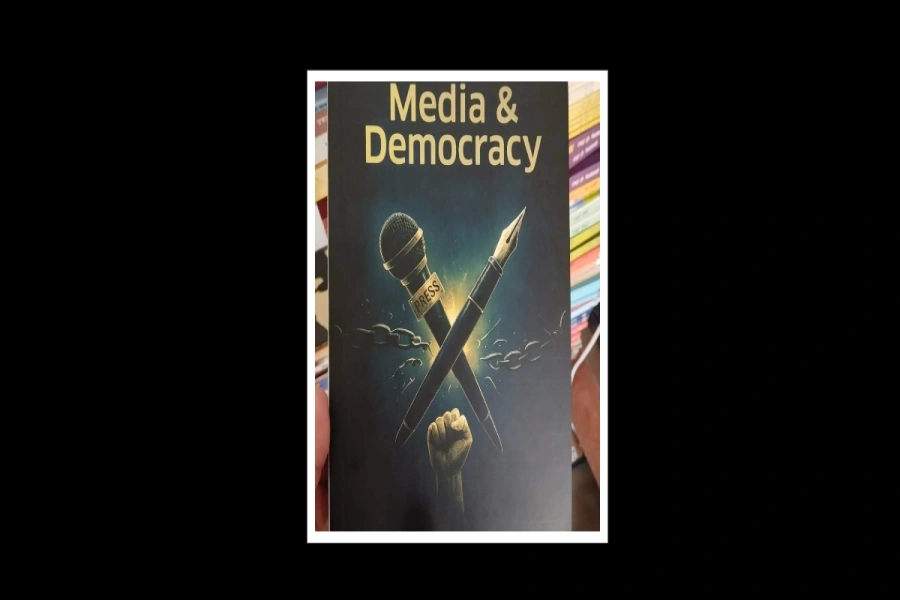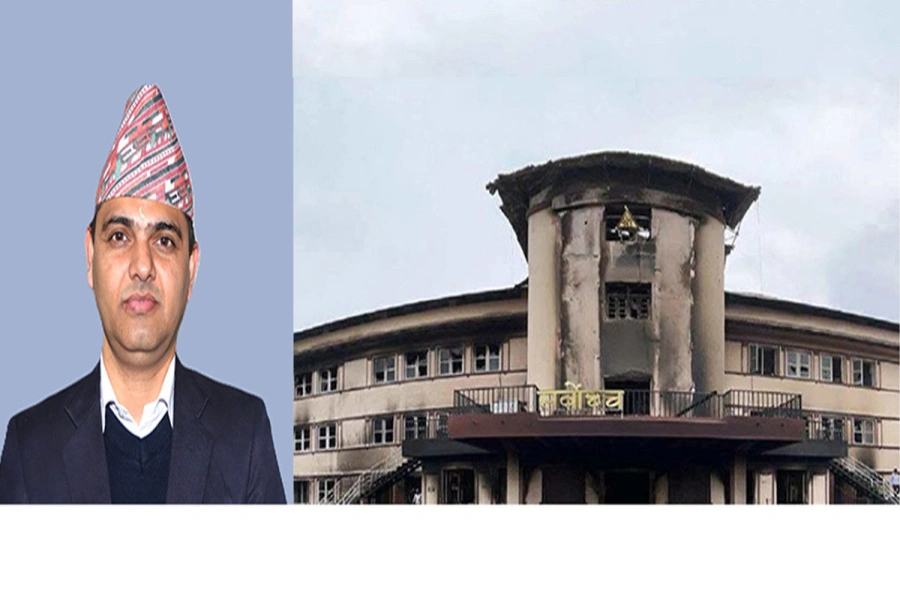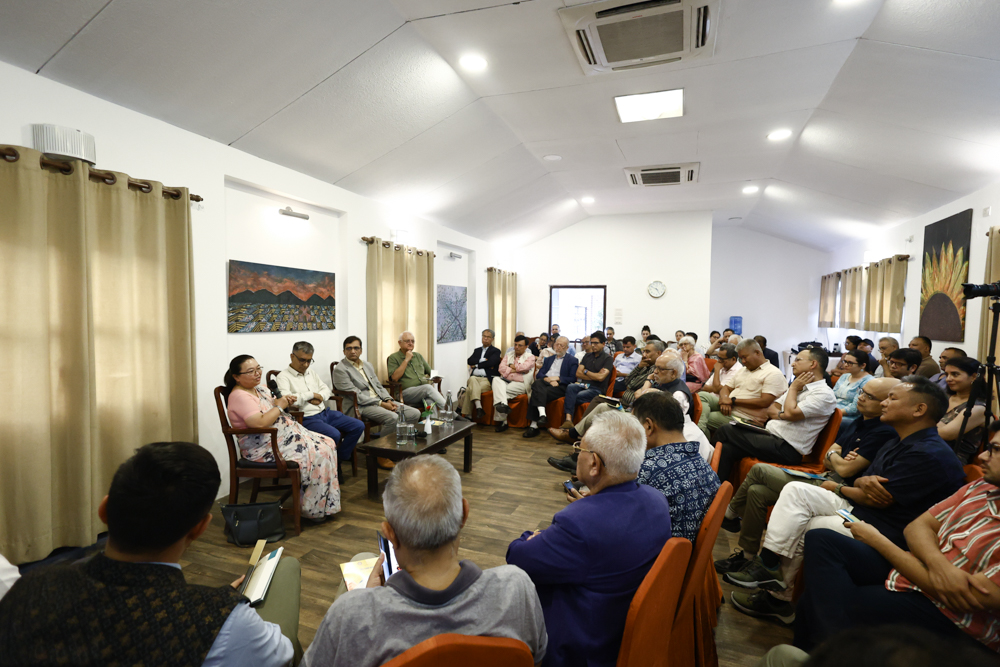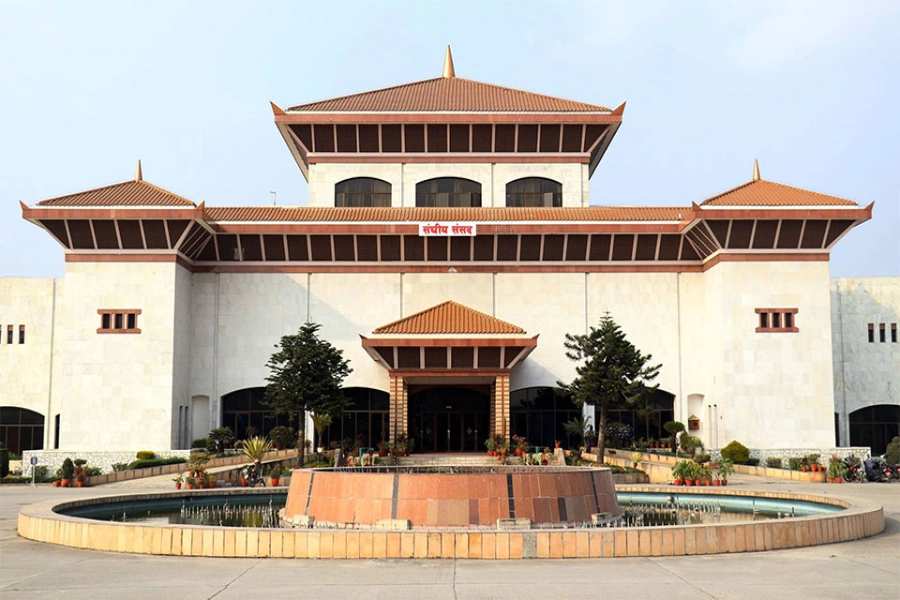Rana Prime Minister Dev Shumsher started tradition of noon cannon firing to remind the citizens that morning had given way to afternoon
There are a few things that you don’t forget from your childhood, like the storybook Alice in the Wonderland. Whenever someone talks about time I always remember the March Hare saying, “The time! The time! Who’s got the time?” Just the word ‘time’ takes me back to my first wristwatch that I got after finishing my 10th grade exam. It had the words ‘hmt’ written on the dial. Looking back I remember reading books related to time: The Time Machine and 1984 are the most memorable ones for me. Keeping time has so many fond memories from the past. I also remember another beautiful terminology ‘godhuli bela’ from Bengali language that describes the beautiful time just before sunset mixed with the dust kicked up by the cows returning home from the pastures. That was one indication of timekeeping.
There were different ways our grandparents kept time that we are aware of. Who can forget their grandparents’ mentioning of the prahars and ghadis, looking at the horizon to the rise of shukra to tell time? This was here, but there were various other ways people kept time in different parts of the world. The current system of keeping time is the Sexagesimal system of time measurement dating back to approximately 2000 BCE: from the days of Sumerians.
Keeping time these days is as easy as flipping the cell phone. Wristwatches also have become a little bit old fashioned thanks to the modern technologies. Some of us are also aware of some of the methods from centuries ago when people relied on shadows from the sun, the melting of a candle, or even the varying smells of incense.
Making space for history

The first device used for indicating the time of day was probably the gnomon, dating from about 3500 BCE. It consisted of a vertical stick or pillar, and the length of the shadow it cast gave an indication of the time of day. Another early device was the hemispherical sundial, or hemicycle, attributed to the Greek astronomer Aristarchus of Samos about 280 BCE. The Greeks and Romans installed them throughout cities and the elite had pocket models. More curious examples emerged later on: a solar cannon sundial from the 19th century that would fire a small gun when the sun’s heat concentrated on a lens. This is the sundial as we know, used during the daytime to tell time, but at night there was a problem telling time.
The 17th century sundial at Queen’s College in Cambridge, England, is rather special, as it can also be read as a moondial. Set into a brick wall, it includes a moon-table that connects the phase of the moon to the apparent lunar time based on moonlight.
The Egyptians divided the day into two 12-hour periods, and used large obelisks to track the movement of the sun. In Paris there is an obelisk in the center of the Place de la Concorde. It is a monument, but not just static one at that it has a purpose. Its long shadow is perfect for timekeeping. Here an obelisk is used as a sundial. The Luxor Obelisk aligns its shadow with points on the pavement to tell time. Now that is pretty interesting. I keep thinking it must have taken quite some time to come up with the accurate placement of the markers on the pavement. Whoever did that must have been a genius.
There was one problem though. The sundials did not work after sundown. So another time keeping device was invented: the water clock. It dates back to 1500 BCE. The Egyptians also developed the water clock. You will be surprised as to how water was used for time telling. Actually its basic principle was to use reliable flow of water to represent passing time. During the ancient time these water clocks appeared from Egypt to Greece and Arabic world. In Greece it was called clepsydrae. There was more to come after the water clock. The next was the incense clock.
Now this sounds interesting. I can hardly imagine how they kept time with incense clock. To me this sounds like disabled-friendly time keeping. For someone who cannot see sundials are of no use, but they can smell an incense clock and thus find the time. Still how would they differentiate the progression of time is a mystery to me. Incense clocks were first used in China during the sixth century. During the Song dynasty (960-1279) the incense clock spread from China to Japan and other Asian countries. The interesting thing is that although all different versions told time, the way they worked differed.
Some had different colors emitted to signal different times, while others burned to markers on the incense sticks while still others emitted different smells so a person could smell different incense smells depending on the time. Then in 1829 the first time ball was erected at Portsmouth, England.
Shifting to time ball
Surprised? I was too. Time ball reminded me of the watching the Times Square Ball drop on New Year’s Eve on TV. This takes place in New York every New Year’s Eve. This is the time you witness a rare demonstration of time ball timekeeping that was practiced in the 19th century. This is just a novelty. No one sets his or her clock by it. Apart from time ball there was yet another solution to the problem of knowing the time at night. It’s called merkhet: it tracked the alignment and visibility of several stars. This “star clock” also dates back to ancient Egypt. It was designed with a long bar and a plumb line, as well as a sighting tool, with which a user could focus on a particular star and use celestial transit as a time marker. A bit complicated, but it served the purpose of telling time. Yet another timekeeper was the noon cannon.
The noon cannon was fired at noon to announce mid day. It sure was noisy way of finding the time. This method is also obsolete now. Still if one wants to sample it, one can still get the time blasted in one’s ears at Signal Hillin Cape Town, South Africa, where a cannon is shot at precisely noon each day. It was a tradition dating back to the early 1800s; and in Halifax, Nova Scotia, where a noon gun has fired since 1857 and still continues.
Nepal follows the trend
Well we too had the tradition of noon cannon telling time till recent. I remember noon cannon firing right at mid-day even till 1989. I know you must be wondering who started this tradition in Nepal. It was Maharajah Dev Shumsher who started this tradition of noon cannon firing. The sole purpose of starting this tradition was to remind the citizens of the valley that the morning had given way to afternoon. It was harmless blast as the cannons fired empty shells. It is hard to establish the exact reason why such a quaint custom was instituted by the administration of Maharajah Dev in 1901. It is entirely possible that it was in fashion at the time. Later this was stopped because the existing government thought the notorious “Nepali Time” was not good enough. The practice was discontinued in 1989.
Talking about time is not as simple as it seems when one looks at the past of timekeeping. It was not easy as it is now with different devices at our disposal. Now you have quite a bit of information to satisfy the curiosity of your children when they ask you about time. Now answering your children’s questions related to time keeping will not be too difficult, right parents?
Pokharel is an educationist and author of several children’s books
usha@pokharel.net





































